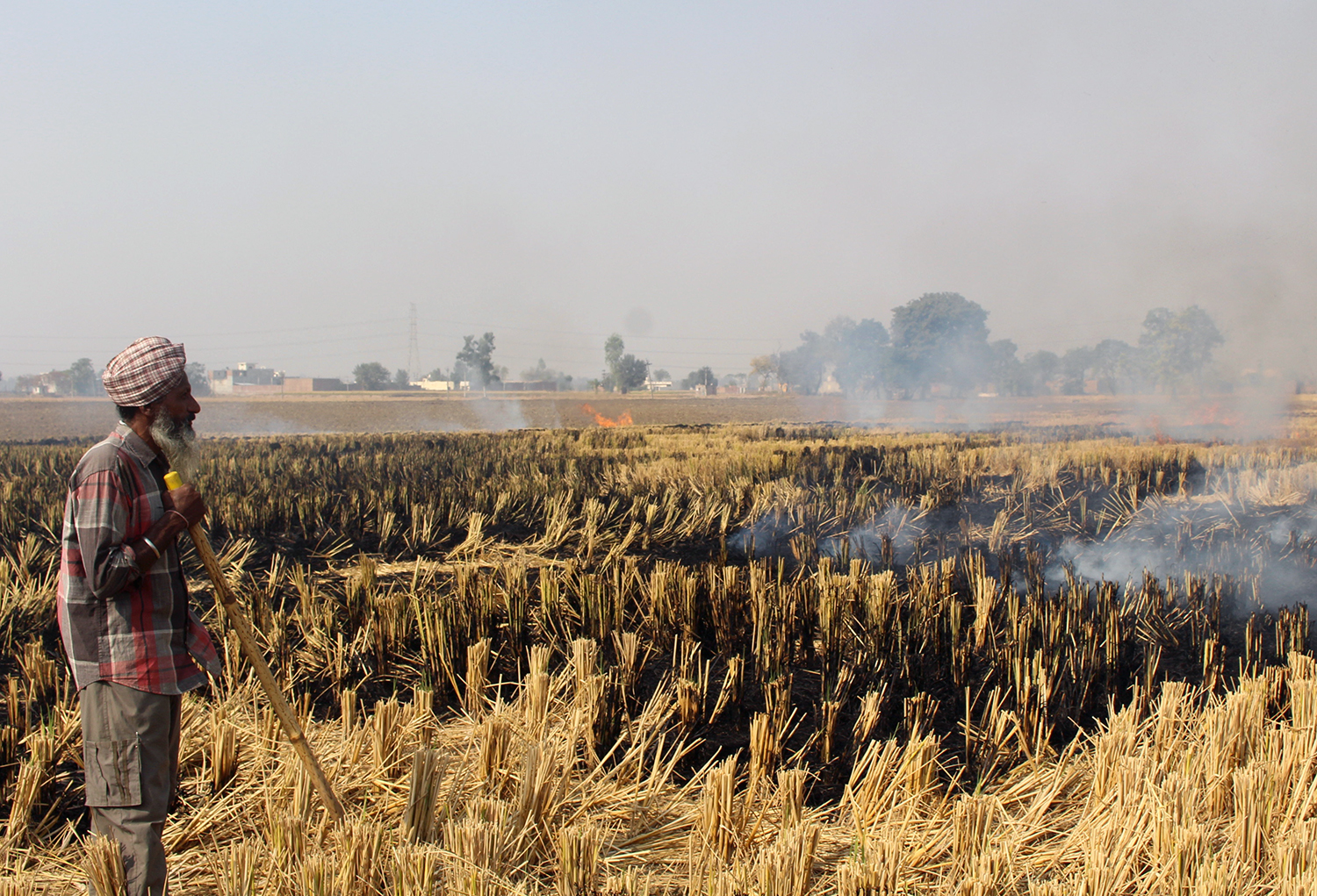Transboundary pollution has become a significant concern within the environmental debate and geopolitical perspectives of several countries around the world. The matter is particularly pertinent to those areas that have adjacent borders and interconnected airsheds. The contaminants emitted by one nation pass over borders through dominant wind patterns and geographical features, thus determining the air quality of adjacent territories. For example, the Indo-Gangetic Plain in South Asia is severely polluted with airborne particulate matter originating from industrial activities, vehicular emissions, and agricultural waste burning – all happening within India and Pakistan.
South Asia ranks as one of the most polluted regions in the world; around 37 of the 40 cities with the highest pollution levels are located there. Almost 60 percent of the region’s population resides in areas with threatening concentrations of PM2.5 particles that are tiny pollutants that trigger chronic respiratory diseases and the cause of approximately more than two million premature deaths in a year. The South Asian region is every winter clothed in a hazardous mix of pollutants as colder temperatures trap emissions, dust, and smoke from crop residue burning. Scientists say this pollution could shorten life expectancy in the region by over five years.
With northern India and parts of Pakistan shrouded in thick smog as winter approaches, the two nations must think of joint measures to tackle the seasonal crisis that threatens millions. Particles airborne can be so carried a great distance, crossing municipal, state, and national borders. For example, it is estimated that 30 percent of pollution in Punjab is coming from India and similarly around 30 percent of air pollution in Bangladesh’s metropolis cities is coming from India due to dominant northwesterly winds. This transboundary shift of pollutants creates difficulties in accounting and in controlling the air quality using the current city-specific approach which the entire South Asia was applying.
Punjab in northern India and eastern Pakistan suffers the most, with all forms of pollution from burning crop residues, industrial emissions, and vehicle exhausts on both sides combining to make a thick layer of haze over urban centers like Lahore and Delhi. One of the most aggravated aspects of cross-border pollution is the seasonal burning of agricultural stubble. Farmers in Punjab, both in India’s Punjab and Pakistan’s Punjab province, practice this method to clear their fields; this releases particulate matter and several other pollutants into the atmosphere. Such an issue becomes quite easily government blame rather than teamwork solution.
A “smog war room” has been set up in the Punjab province of Pakistan to address the seriously high pollution levels there. Considering the severity of which, Punjab’s Chief Minister, Maryam Nawaz Sharif has called for India and Pakistan to unite on this cause. India has yet to come up with an official reaction to Maryam’s appeal. However, bilateral ties remain tense since India blames Pakistan for the rise in cross-border militant attacks in Indian-administered Kashmir.
Effective solutions for cross-border pollution are also dependent on geopolitical relations that seek to diminish the by-products of pollution in people’s health, economic productivity, and environmental sustainability. Collaborative projects and joint efforts could help ease this issue. Policy agreements in alternative agricultural practices and enhanced emission regulations allow India and Pakistan to deal with their mutual crisis of pollution. Collaboration rather than blame could greatly improve the air quality of millions in the vicinity.
Pollution standards are only set and enforced through sound bilateral and multilateral agreements. Recent efforts between Thailand and Laos on cross border air pollution is an example of a collaborative framework where nations agree towards certain pollution reduction targets and share the resources. Shared treatment facilities and pollution management technologies at borders prove effective in decreasing air and water pollution. An example of that would be building a treatment plant on one side of the border, so both countries decontaminate the water on their respective sides.
Government, industry, NGOs and academia partnerships are key to creating new solutions and accessing new resources. These groups can act in concert to provide the wider, longer-term solutions to clean up air. In addition, developed countries may assist the developing country in technology and techniques involving pollution-reduction, making industry/agriculture less polluting would provide mutual benefits to the regional ecosystems. In order to address this concerning issue of cross border pollution, South Asian countries must take up surveillance activities at identified critical areas and establish monitoring stations for the generation of accurate scientific data in addition to developing institutional capacity for the assessment of data. Such joint initiatives have been made in ASEAN, Europe, China, and the United States. Cross-border pollution is an ongoing problem that will never be fully solved without continued cooperation, strong policy frameworks and monitoring regimes.

















